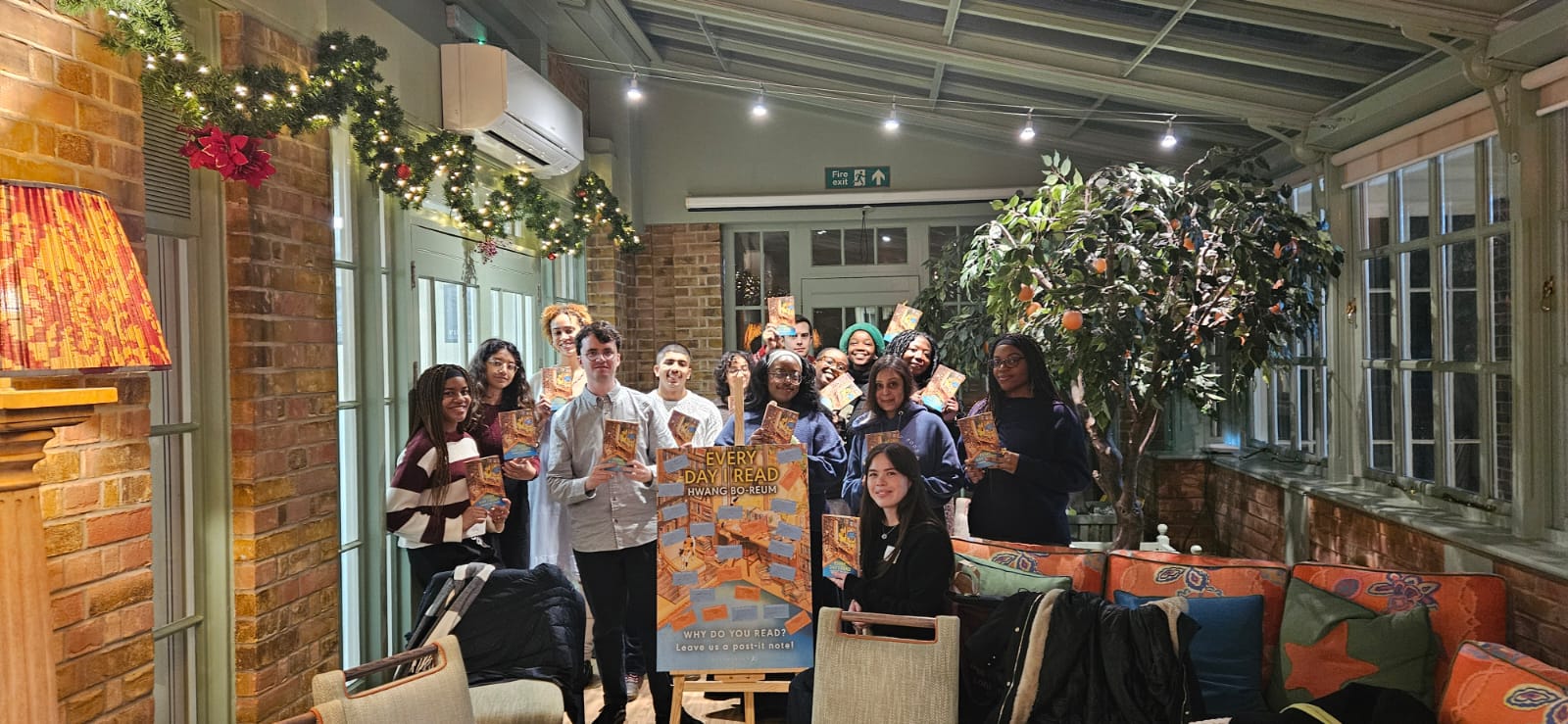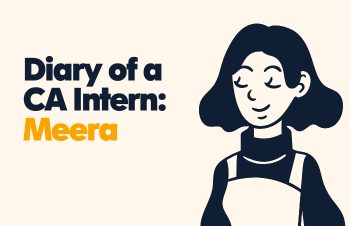We caught up with Mareyah Bhatti, our intern with Forum for the Future, who talked to us all about her food blog Carbon Foodprints and how sustainable cooking has been keeping her sane during lockdown.
Graduating with a Geography degree means I have a well-established passion for the environment, and it’s something I wanted to integrate into my everyday life. My love of cooking and being creative was something I aimed to combine with my knowledge of all things sustainable. So, I created my food blog, Carbon Foodprints. Alongside setting this up, I applied for an assistant role at Forum for the Future through Creative Access. They’re a charity who aim to tackle global challenges such as sourcing sustainable protein. As a Geographer, I really admired their focus on everyday issues and I’ve been able to feed these ideas into my blog.
Forum for the Future’s values include being adaptable, and I think that that’s something that resonates with the current situation. We have been pushed to rethink many aspects of our lives: how we work, how we exercise and even how we eat. Even more importantly, we’ve had to re-imagine how we relax and de-stress. Working from home has its ups and downs and finding a way to disconnect from the outside world is essential to our well-being. I’ve found cooking to be a great outlet to do just that.
We have been pushed to rethink many aspects of our lives: how we work, how we exercise and even how we eat.
Buyer stockpiling has reshaped our grocery habits, and the availability of certain items has sometimes meant that deciding what to cook may be a struggle for some. It’s important to view the current climate with a positive attitude though, and in this case re-imagining the dishes I prepare has motivated me to be flexible and even more creative – and that’s not such a bad thing. We still have the freedom to make whatever we like whether it ends up being tasty or not (no-one has to know…)
Being the founder of the cooking blog, Carbon Foodprints, has meant that I’ve also had to adapt to the recent shopping trends. Recipes I’ve posted during lockdown come with tips to help us all navigate this situation – this includes cooking meals with more dry cupboard ingredients, but also considering how to substitute elements of a meal and still end up with something pretty decent. After all, what’s the point of food if you don’t enjoy it? All this is done with a consideration of the environment in mind, as changing our kitchen habits to be kinder to the planet isn’t as hard as you might be thinking. As you may have guessed from the name of my blog, I cook with a focus on being sustainable and reducing our carbon footprint. This involves being reactive to our surroundings, whether this means only using produce in season or adapting recipes to what we’re able to find in our local supermarket.
I cook with a focus on being sustainable and reducing our carbon footprint.
My cooking is inspired by my south Asian heritage as I grew up surrounded by traditional dishes using recipes that have been passed down the generations. This includes everything from pakoras to a classic chickpea curry with roti. Each recipe is given a ‘carbon foodprint’ score so you can assess the impact of what you’re choosing to eat and compare which ingredients are better for the environment. Most of my recipes can be changed to be veggie or meaty, and as a result are highly adaptive to suit your needs. This is extremely helpful at the moment if you’re struggling to find all the ingredients you want.
My cooking is inspired by my south Asian heritage as I grew up surrounded by traditional dishes using recipes that have been passed down the generations.
Substituting ingredients isn’t as scary as it sounds, and here a few examples I’ve found to work really well:
- Couscous is a great alternative to rice and roti and can be used as a side dish to the curry dishes I’ve shared
- Plant based mince is high in protein and as easy to cook as beef or lamb, and it has a much lower carbon footprint
- Adding blended cashews to curries adds a depth to the flavour usually given by cream, it’s also a good source of healthy fats

I hope these tips have been helpful, and have shown how relaxing being creative with cooking can be. More ideas can be found on my website and Instagram page, ranging from further tips on how to successfully substitute ingredients to how to grow your own fruit and veg at home. Just a few simple changes can mean your meals are environmentally friendly and just as delicious. Please get in touch by messaging my Instagram page if you have any questions or meal requests!




